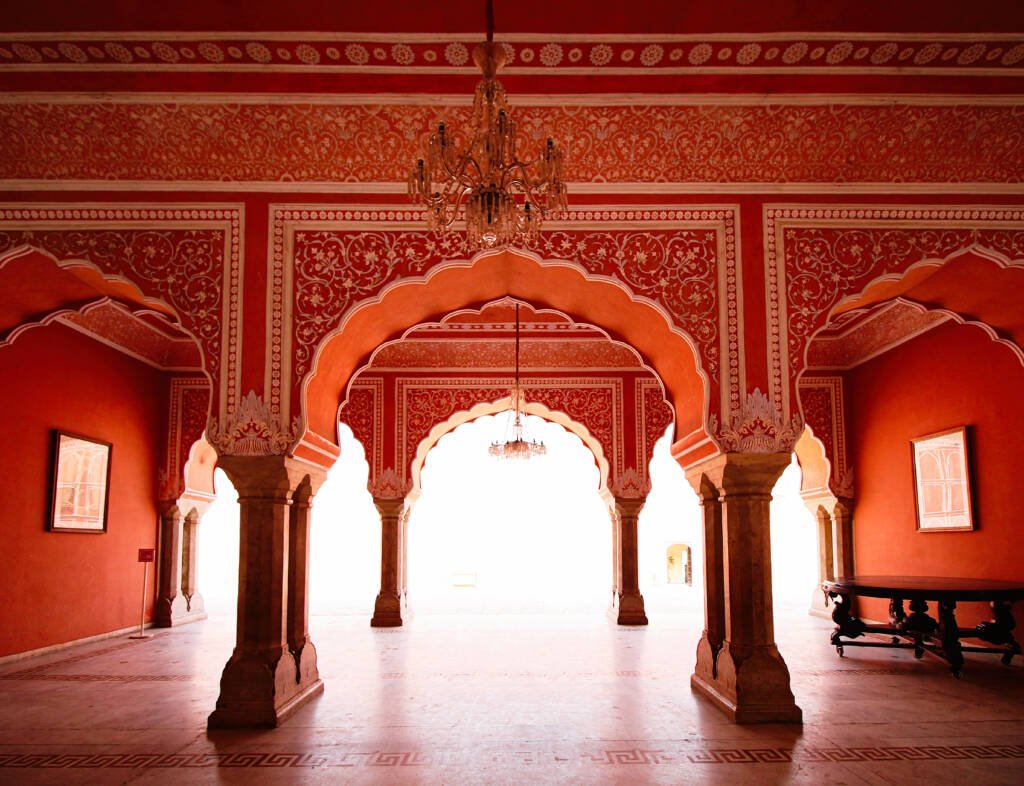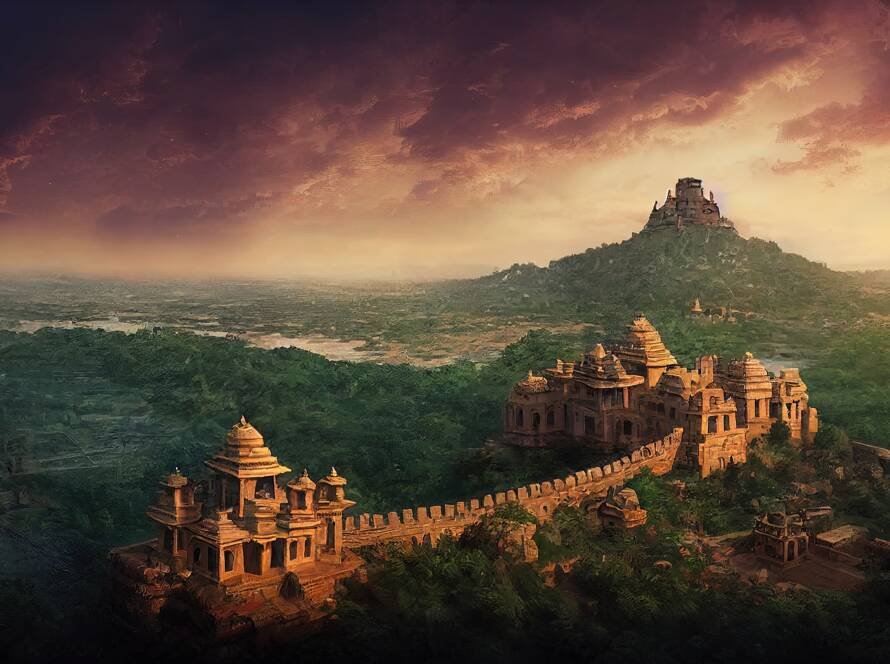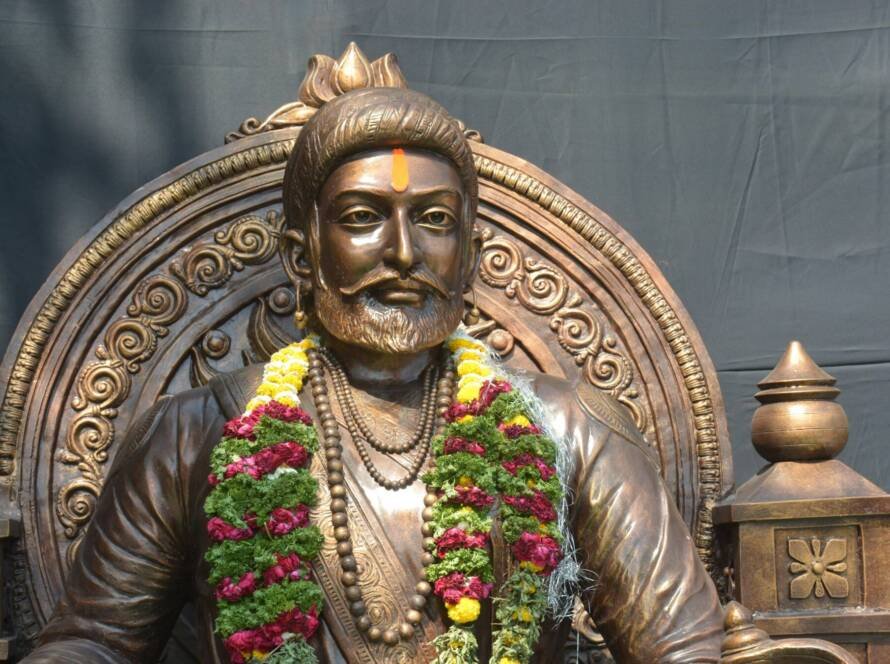Whispers of Stone and Silence: A Soulful Opening
Not all echoes in India’s grand forts are of sword clashes and victory cries. Some are the hushed lullabies of artisans chiseling stories into stone, the hum of temple bells within palace walls, and the silent gaze of frescoes watching centuries pass. To walk through the ramparts of a fort is not merely to tread the path of warriors—it is to enter a realm where art breathed life into power, where architecture became a language of spirit, and where beauty found sanctuary amidst bastions of might.
Forts as Living Canvases of Cultural Expression
While forts are often remembered as sites of siege and strategy, they were also thriving centers of creativity and soul. The fort walls did not just guard rulers—they guarded a civilization’s imagination. From the mirror work of Rajasthan’s Sheesh Mahal to the Persian-inspired tile mosaics of Golconda, the architectural artistry within these fortresses reveals an India where aesthetics were as revered as arms.
Take the Gwalior Fort, for instance—its sandstone façade adorned with vibrant turquoise tiles, delicate Jain rock carvings, and musical pillars, speaks of a time when spiritual and artistic life thrived within military strongholds. In Mehrangarh, ceilings were painted with celestial skies, halls echoed with music, and latticed windows told tales of queens who watched the world unseen. Art was not ornamental—it was essential, interwoven with daily life, rituals, and philosophies.


Symbolism in Structure: Philosophy Cast in Stone
Indian forts were deeply symbolic in their design. Their placement—often atop hills, overlooking rivers, or nestled between ranges—echoed Vastu Shastra, the ancient science of space and harmony. The orientation of temples within the forts, the sacred geometry of palace layouts, and the fusion of spiritual centers within defensive complexes revealed a civilizational ethos where the divine and the worldly coexisted in balanced rhythm.
Even architectural elements like jharokhas (overhanging balconies), chhatris (domed pavilions), and stepwells within forts carried cultural meaning. The jharokha was not just an architectural feature—it symbolized watchfulness and grace, offering women a sacred view of life outside while preserving their dignity. The chhatris, rising like crowns, honored the valiant and the departed, while intricately carved stepwells like those in Bundi provided not only water but sanctuary—cool spaces for rest, reflection, and ritual.
Forts as Cradles of Living Traditions
Beyond stone and mortar, forts were alive with traditions. Within their walls, festivals unfolded in courtyards, musicians played ragas that echoed through marbled halls, and poets composed verses that bridged the temporal with the eternal. Textile art, miniature paintings, temple rituals, and classical dance found both patrons and performers in these royal bastions.
These forts became archives of intangible heritage—where oral traditions, culinary practices, and spiritual ceremonies continued across generations. Amber Fort’s Ganesh Pol, painted with vegetal dyes and adorned with mythological motifs, still stands as a testament to a time when art was a spiritual act, and architecture was an ode to life.
Why It Matters Today: A Mirror to Our Identity
In an age of glass towers and digital blueprints, the forts of India whisper timeless truths. They remind us that strength need not be divorced from grace, and that the soul of a civilization is etched not only in its conquests but in its creativity. They awaken in us a yearning for rootedness—a desire to belong to something ancient, wise, and beautiful.
Culturally, they continue to inspire artists, filmmakers, designers, and spiritual seekers. Philosophically, they challenge us to create spaces that are not only functional but also soulful—where form follows feeling, and design respects dharma.
Anchored in Grace
As we leave the echoing corridors of these forts, may we carry with us more than just images—we carry a feeling. A memory of hands that carved, minds that envisioned, and hearts that believed beauty was sacred. In their quiet majesty, forts are not relics—they are reminders. Of who we were. Of what we can be. And of how even in the most fortified corners of life, there is space for art, spirit, and soul.
Let us walk away not with awe alone, but with reverence. For beyond the battlefield, India’s forts still breathe—and in their breath, they sing.



